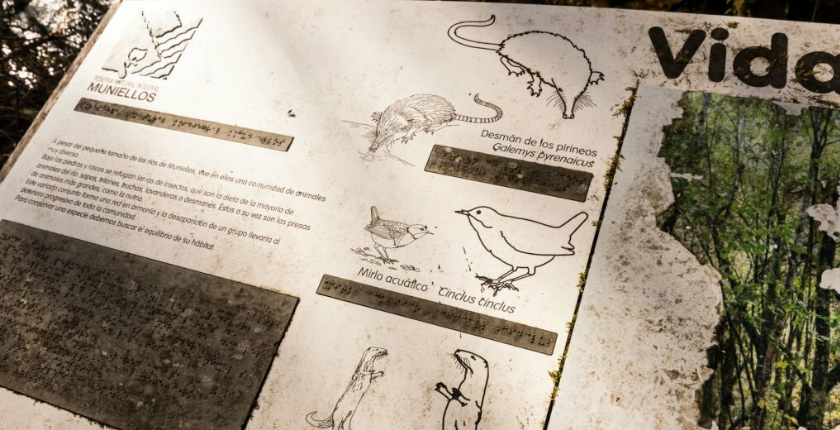Table of Contents
Discover How Might You Add Keystone Species to the Concept Map effectively. Explore the importance of keystone species and their role in ecosystem dynamics.
Welcome to this comprehensive guide on how to incorporate keystone species into your concept map. Keystone species play a pivotal role in maintaining the delicate balance of ecosystems. In this article, we’ll delve into the significance of keystone species, their impact on ecosystem dynamics, and how to integrate them into your concept map effectively. Whether you’re a student, educator, or nature enthusiast, this information will help you understand the concept of keystone species and how to represent them visually.
Keystone Species: A Fundamental Concept
Understanding the Basics
In your quest to add keystone species to your concept map, it’s crucial to grasp the fundamentals. Keystone species are those whose presence or absence can significantly influence an ecosystem’s structure and function. They exert a disproportionate impact on the environment compared to their abundance.
The Role of Keystone Species
These species are akin to the keystone in an arch – remove it, and the entire structure can collapse. In the ecological context, keystone species maintain the biodiversity and balance within an ecosystem. They can be predators, herbivores, or even plants, and their interactions with other species are critical for ecological stability for Eerie Green Light on Jupiter.
Why They Matter
Including keystone species in your concept map is essential because it helps learners comprehend the interconnectedness of species within ecosystems. By highlighting the role of these species, you emphasize the delicate nature of these intricate relationships.
Adding Keystone Species to Your Concept Map
Identifying Keystone Species
The first step in adding keystone species to your concept map is identifying them. Some well-known examples include the sea otter in kelp forest ecosystems and the African elephant in savannas. Research your chosen ecosystem to identify its keystone species.
Placement and Visual Representation
To effectively integrate keystone species into your concept map, consider their placement. Position them at a central point in your map, emphasizing their importance. Use distinct colors, icons, or labels to make them stand out.
Interactions and Relationships
A key aspect of your concept map should be illustrating how keystone species interact with other organisms. Show predator-prey relationships, mutualistic interactions, and the consequences of their presence or absence.
Role in Ecosystem Dynamics
Highlight the role of keystone species in ecosystem dynamics Tips. Showcase how they regulate prey populations, shape habitats, and influence the overall biodiversity of the ecosystem.
Summary
Incorporating keystone species into your concept map adds depth and relevance to your ecological studies. These species are the linchpin of ecosystem stability, and understanding their significance is essential. By following the guidelines outlined in this article, you can create an informative and engaging concept map that effectively conveys the importance of keystone species. Happy mapping!
FAQs
What Are Some Lesser-Known Keystone Species?
Lesser-known keystone species include prairie dogs in grasslands, beavers in wetlands, and bats in caves. These species have critical roles in their respective ecosystems.
Can Keystone Species Change Over Time?
Yes, keystone species can change over time due to various factors such as environmental shifts, invasive species, or human activities. It’s important to stay updated on the current keystone species in a given ecosystem.
How Can I Create a Digital Concept Map?
To create a digital concept map, you can use software like MindMeister, Lucidchart, or Coggle. These tools provide user-friendly platforms for visual representation.
Is There a Universal Keystone Species?
No, keystone species vary from one ecosystem to another. What serves as a keystone species in a forest ecosystem may not hold the same status in a marine ecosystem.
Do Keystone Species Only Include Animals?
No, keystone species can also be plants. For instance, in a forest ecosystem, certain tree species can act as keystone species by providing shelter and food for various animals.
Can a Species Be a Keystone in Multiple Ecosystems?
Yes, some species can act as keystone species in more than one ecosystem. An example is the beaver, which plays this role in both wetlands and riparian areas.

